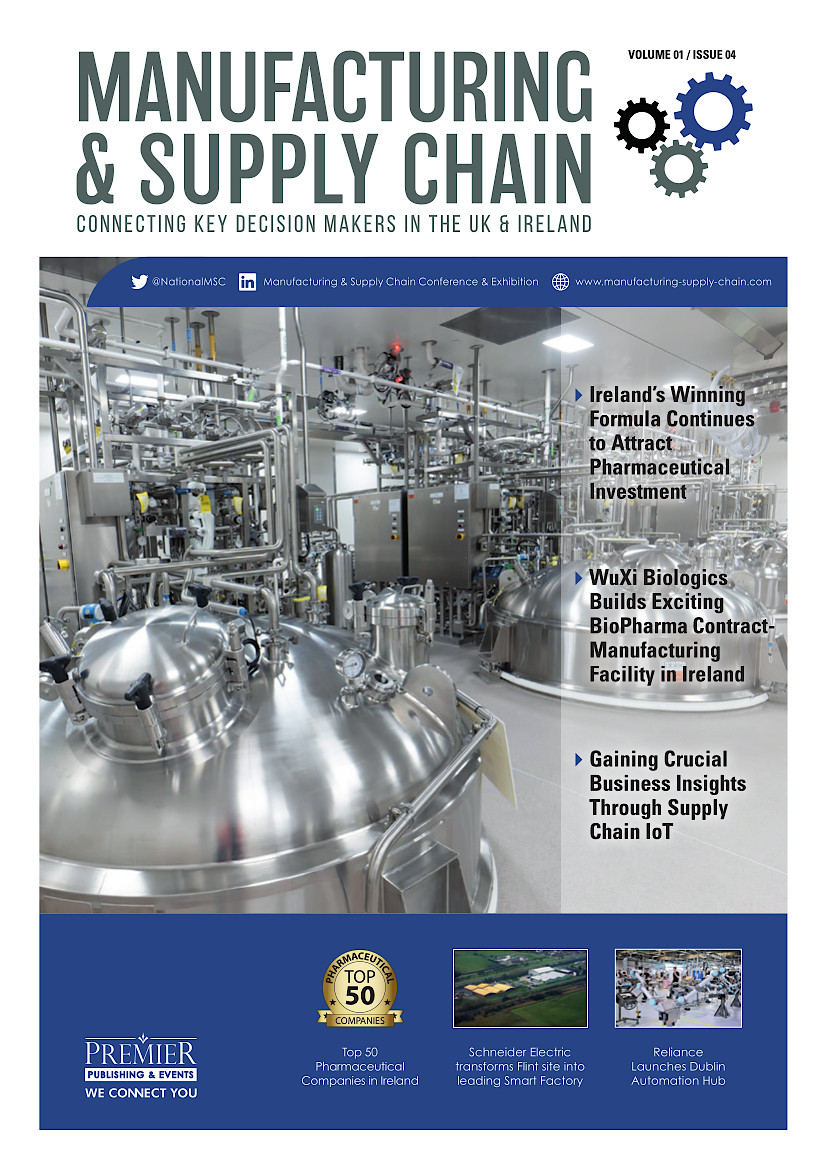Flavours Creating New Markets

By Collette Gill, PM Group
Since ancient times – the Egyptians used herbs and spices in their food to improve taste. Flavours are typically added to all sorts of foodstuffs and consumer products from snack foods, ready meals and beverages to consumer health products such as toothpaste.
The flavours market today is estimated at Eur9 billion and growing at a rate of 5.3% per annum from now till 2018 according to a recent MarketsandMarkets report. The global market is led by North America followed by Asia-Pacific and Europe. Growing demand for flavours and in particular natural flavours in developing countries sees Asia-Pacific now as the fastest growing market. Globally the industry is represented by the International Organisation of the Flavouring Industry (IOFI) based in Switzerland.
Regulation (EC) No. 1334/2008 governs the manufacture and use of flavours in Europe today. The list of flavours in the regulation includes over 2,500 substances. This regulation is still being implemented on a phased basis. According to the European Flavour Association (EFFA) the flavour industry inEuropeemploys 10,000 people in 300 companies and many of these are represented by EFFA.
Recognised leaders in the global flavours industry are Givaudan, IFF, Firmenich, and Symrise that combined represent in the order of 55% of the international flavours manufacturing market. Growth is coming from emerging markets such as Brazil, India, China, Indonesia and Turkey which is reflected in the current investment in these countries by the main players and others within the industry segment.
Market Developments
Beverages still dominate the flavours market with dairy on the increase primarily due to innovation and also cross-over that is being witnessed between juices and dairy, and in addition the westernisation of consumers in Asia but in particular throughout parts of China.
Health and wellness is a key driver for flavour manufacturing companies today with more emphasis via end-users (their customers) on natural products. Consumers in a health-conscious space typically want less salt, less sugar but still want to keep those tastes that they love.
There is a move away from producing commodity flavours to developing specific flavours in response to client requirements. A direct reaction to this is the growth of specialised R&D type facilities, which are constructed to develop new products and customised flavours. As a result there is an increasing requirement for more flexible supply chains able to make a wider range of batch sizes (in the order of 50kg batches and up to approximately 3 tonnes) but manufactured to the same high quality standards.
With business growth, there is likewise a focused regional development of Greenfield and Brownfield manufacturing facility projects. Capital values range from Eur20 million to Eur150 million, with production/distribution space footprints of 4,000 sq m to 20,000 sq m. Market location is often a key consideration in the decision making process for site selection.
Trends
Three trends common to many food manufacturers today are also prevalent in the flavour industry, namely the growth of emerging markets, the need for greater traceability and finally a supply chain that stands up to the most stringent requirements of audit bodies such as ISO (International Organization for Standardization), AIB International (American Institute of Baking) and BRC (British Retail Consortium).
As flavours can be produced in a variety of formats (liquid, powder or pellet) there are a range of process technologies employed that are matched to the raw ingredients and desired final product. Traditional processes include Powder Blending, Liquid Compounding / Emulsions, Spray Drying and represent approximately 70% of the manufacturing capacities with the remainder typically produced via Distillation type process streams. In recent times this range has also extended to Fermentation and Extraction technologies.
Design Challenges
The nature of process technologies used and the wide range of products manufactured at a flavour production facility present a particular set of design challenges. The HVAC and odour extract and abatement systems are critical to meet GMP (Good Manufacturing Practices) and EHS (Environmental Health & Safety) targets for the facilities. Most of the processes release odours and due to the sensitive nature of the final products these odours can easily cause cross contamination. Also the odours must be contained to provide a safe working environment and emissions reduced to within licensed levels.
It goes without saying that any facility that must produce a large range of products and order sizes must also focus very carefully on material and personnel flows to deliver a lean design that minimises the operating cost of the facility. Care must also be taken to reduce handling of sensitive ingredients, intermediates and final products to maintain high quality standards of finished products.
The flavour industry with its combination of growth potential, innovation and diversity of products is certainly an exciting area to be involved in. As flavour manufacturers react to market place demands, the challenges on design production facilities will increase. An important ingredient to meeting these challenges is a deep and experienced understanding of the needs of the flavour industry in providing tailor made solutions as existing and future project potential is created.
Collette Gill is Deputy Food Sector Head, PM Group, the ENR Top 5 ranked international food engineering specialists.





















